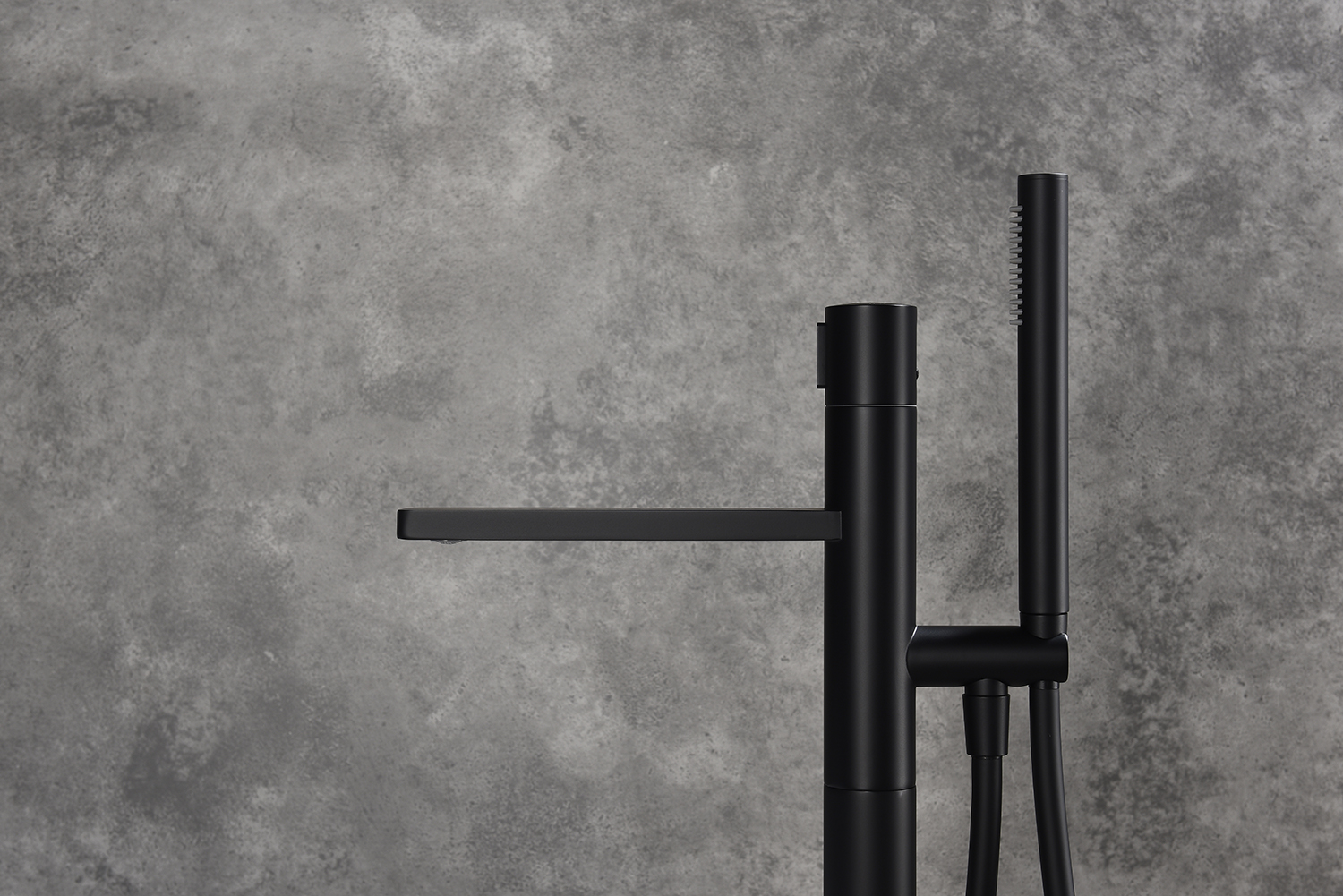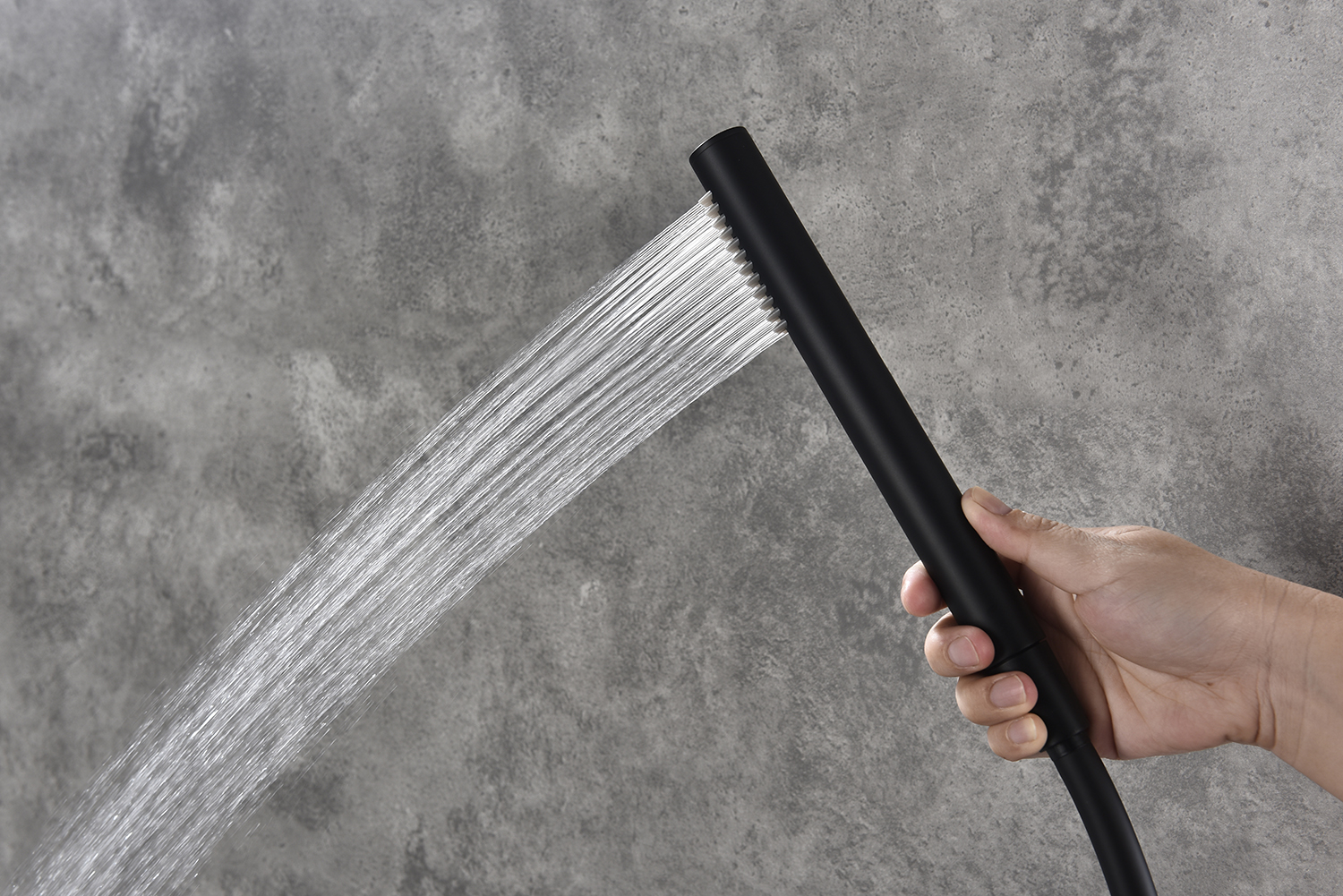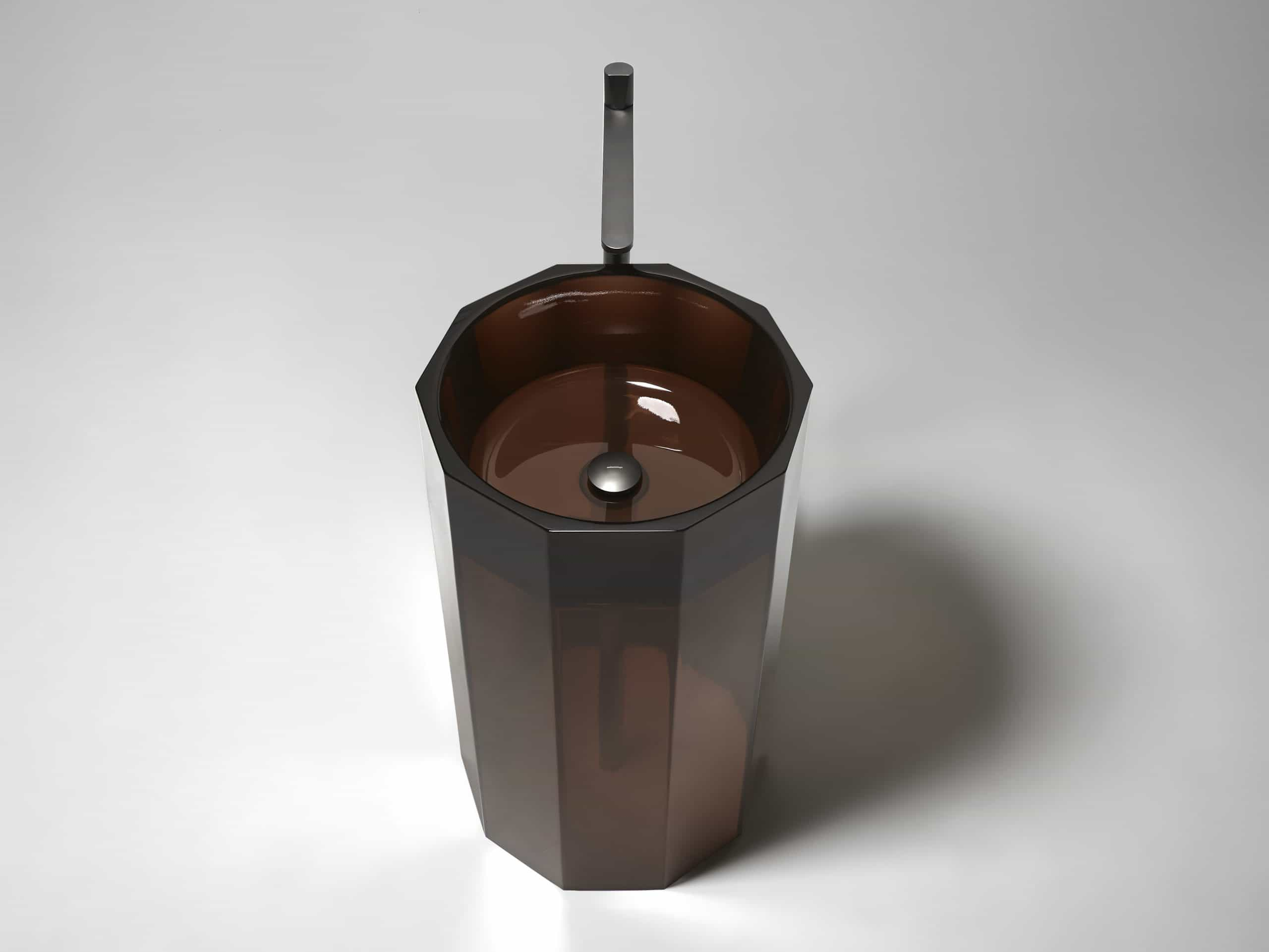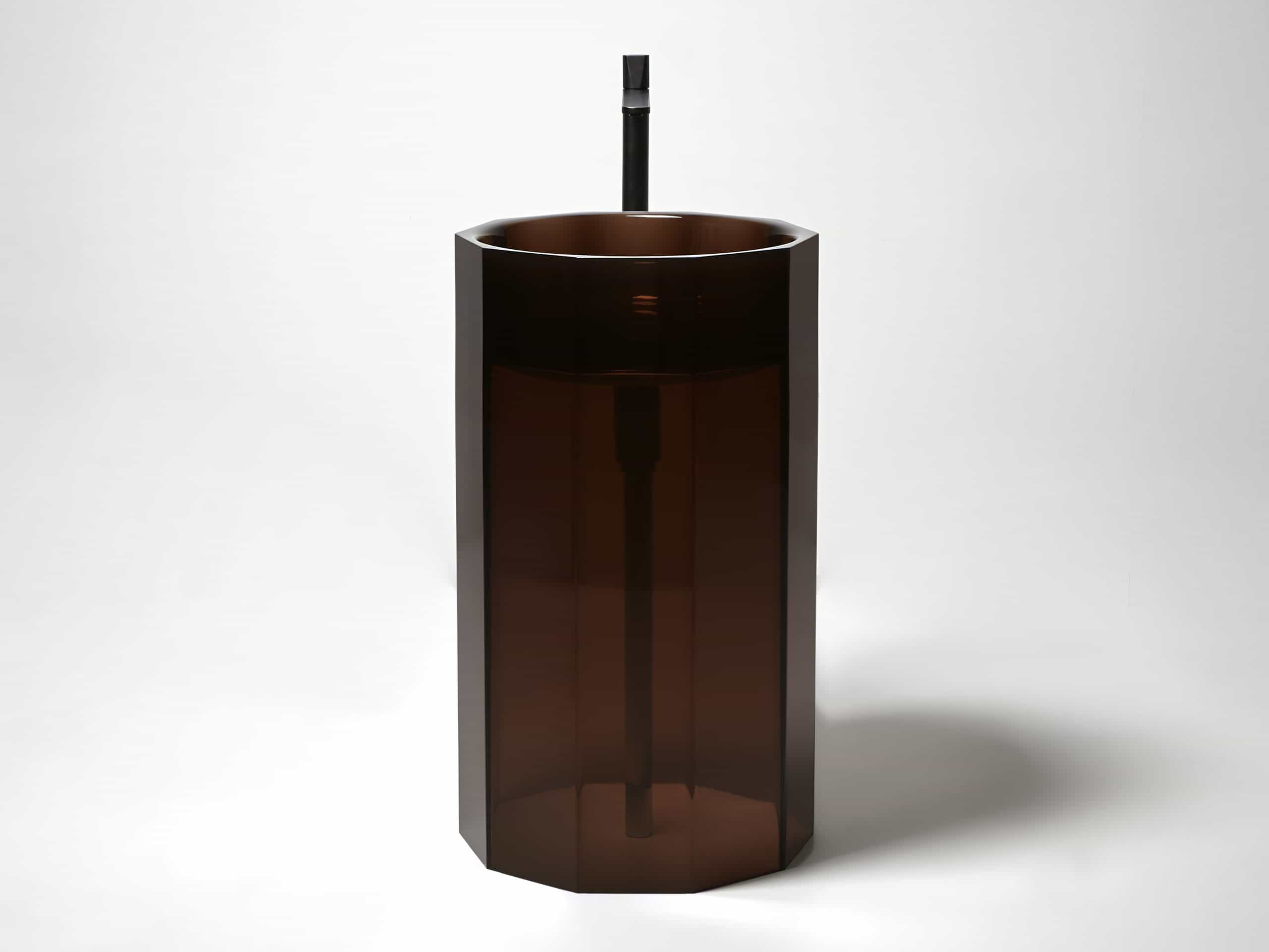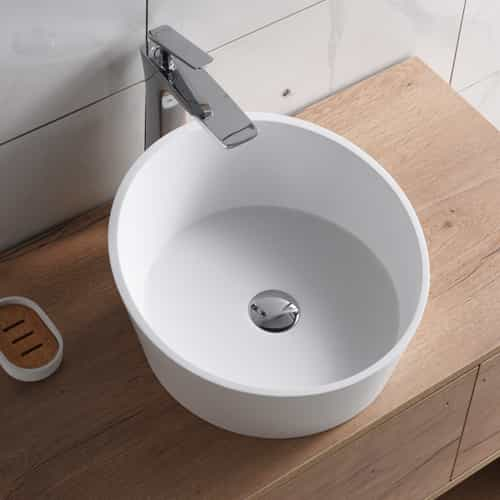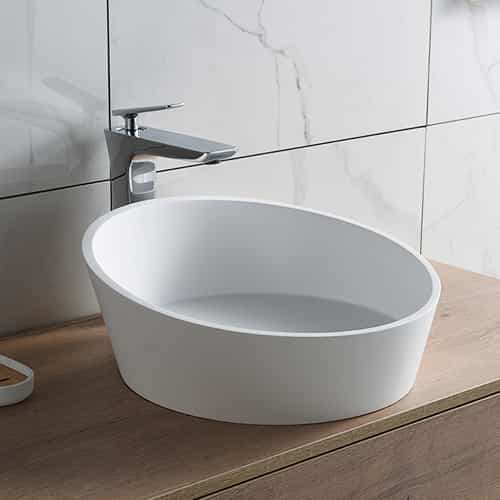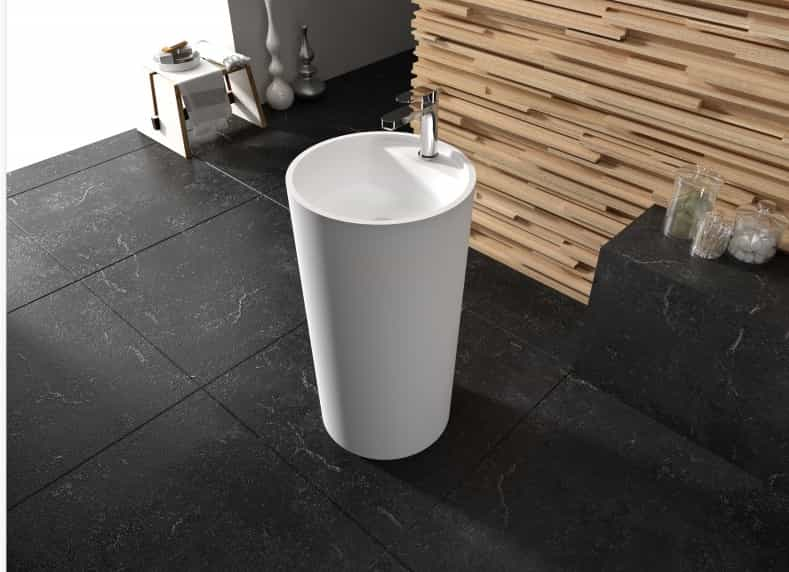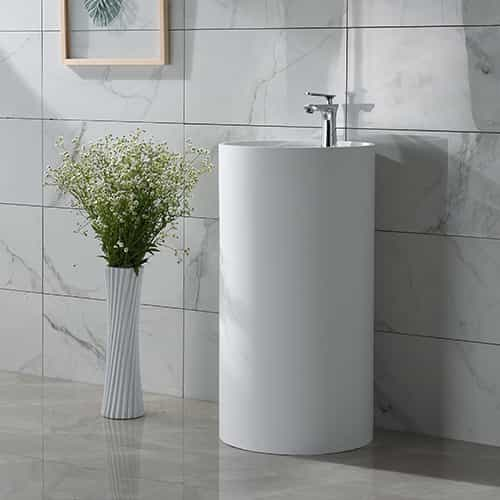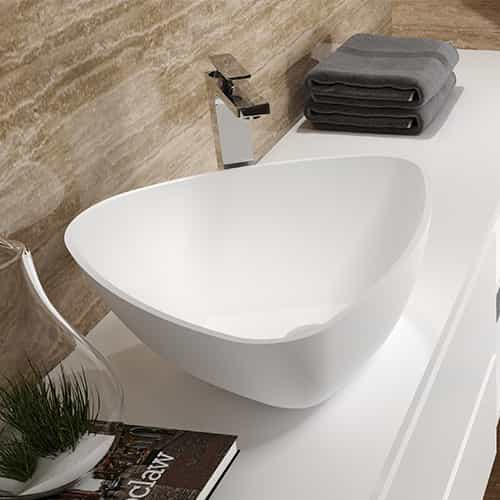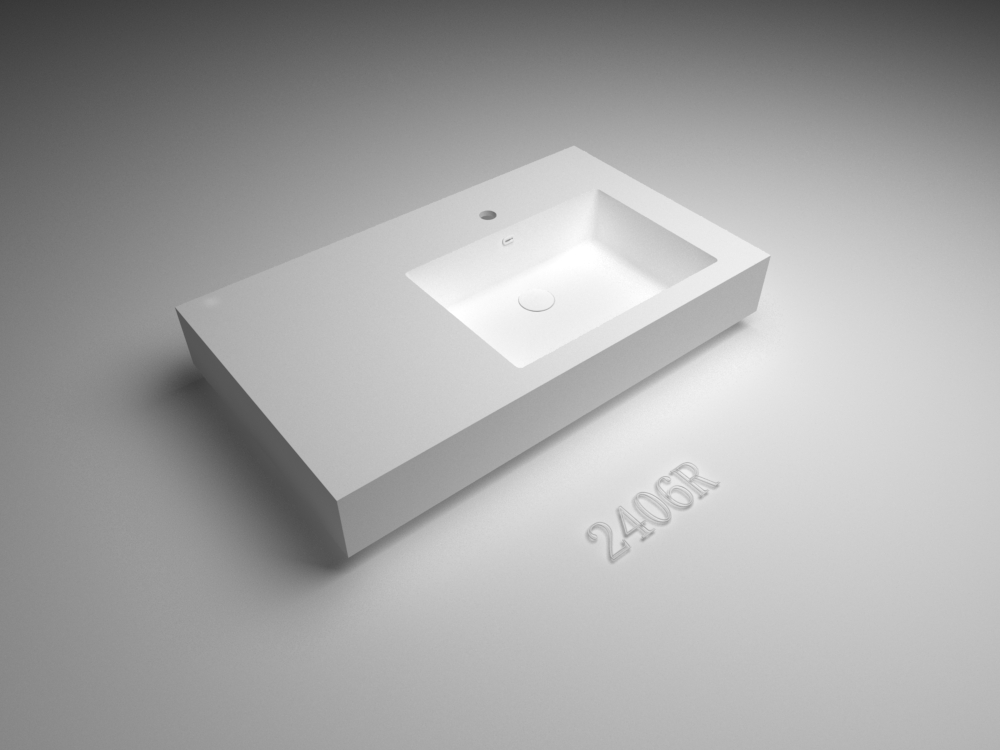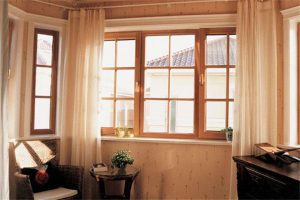
According to a study, air pollution in kitchens killed 4.3 million people worldwide in 2012. When will the harm caused by indoor air pollution end? Perhaps, you do not know, your everyday indoor air is cloudy, and the air you breathe every day has harmful gases that you completely expect. Let’s take a look at the following career knowledge.
What are the sources of indoor pollutants?
1. Organic pollutants
formaldehyde
The main source of indoor formaldehyde comes from construction materials, furniture, various adhesive coatings, synthetic fabric wood-based panels and other places. Formaldehyde is a gas with a strong irritating breath and is a volatile organic compound. Its impact on human health is shown to stimulate the eyes and respiratory tract, resulting in abnormal lung, liver and immune function.
Benzene and its homologues toluene and xylene
Benzene and benzene series toluene and xylene are colorless and fragrant, exist in the air in the vapor state, in the interior decoration, due to the improper selection of decorative materials or construction technology is unreasonable, it is easy to form indoor benzene and benzene series pollution. The toxicity of toluene and xylene is mainly harmful to the central nervous system and autonomic nerves. The National Health Standards define the maximum allowable concentration of indoor benzene as not exceeding 2.4mg per cubic meter.
Volatile organic compounds
The impact of volatile organic compounds on the human body is mainly to stimulate the eyes and respiratory tract, make people allergic to the skin, make the human body headache, sore throat, fatigue and other symptoms, volatile organic compounds are mainly from interior decoration materials, daily chemical products, fuels and so on.
2. Inorganic pollutants
Heavy metal
Heavy metals in the air are present in atmospheric particles, and the particle size is less than 10 %. Atmospheric particulate matter (inhalable particulate matter PM10) of m also contains high levels of heavy metals. It is reported that about 75% to 90% of heavy metals diffuse in PM10, and the smaller the particle size, the higher the heavy metal content.
Lead, cadmium, chromium, mercury, arsenic, etc. are common toxic pollutants whose soluble substances have significant harm to the human body. Durable exposure to chromium compounds on the skin can cause contact dermatitis or eczema. Excessive lead, cadmium, mercury, arsenic can cause harm to the human nervous system and internal organs, and it is rare that it has a great impact on children’s growth and intellectual development. Particles from outdoor springs emitted by coal burning and chemical production can also cause heavy metal pollution when they enter the house.
Gaseous inorganic pollutant
Ammonia is colorless, strongly irritating gas, easily soluble in water, erosion and stimulation of the contact tissue, the irritating atmosphere is strong, the eye, throat, upper respiratory tract effect is fast, but its release period is also fast, less harmful to the human body. The main reason for the existence of atmosphere in the indoor air is due to the concrete admixture used in the construction construction, the additives and whitening agents in the interior decoration materials during the winter construction.
It also includes harmful gases that enter the room from the outside atmosphere. It is often due to geographical location. Such as: sulfur oxides carbon oxides, mainly carbon monoxide (carbon dioxide is not an atmospheric pollutant), and nitrogen oxides.
3. Biological pollution
Biological pollution is mainly caused by damp and mildew walls, career garbage, pets, indoor flowers, carpets, air conditioners, furniture, etc. The main pollutants are bacteria, germs and dust wax. Biological pollutants such as influenza viruses, tuberculosis bacilli and streptococcus, which are expelled by coughing and sneezing.
Indoor air treatment how to do?
Air purifiers can absorb, analyze or transform various air pollutants (usually including PM2.5, dust, pollen, odor, formaldehyde and other decoration pollution, bacteria, allergens, etc.), can be used under existing conditions, useful products to improve indoor air cleanliness, in recent years, favored by users.
Purifier principle:
The air purifier is mainly composed of motors, fans, air filters and other systems, and its principle is: The motor and fan in the machine make the indoor air circulation flow, the polluted air through the air filter in the machine will be removed or adsorbed various pollutants, some models of air purifier will also be installed in the outlet negative ion generator (when the high pressure in the negative ion generator DC negative high pressure), the air keeps ionizing, a large number of negative ions occur, and are sent out by the breeze fan. The formation of negative ion airflow, to achieve the purpose of cleaning and purifying air.
Voucher purification needs to be divided, air purifiers can be divided into:
(1) Pure purification type. If it is located in the area of moderate indoor humidity, or the air quality requirements are not too high, the purchase of pure purification type air purifier will meet the demand.
(2) Humidification and purification type. If it is located in a dry area, often open the air conditioner is dehumidified by the air conditioner and the indoor air is dry, or the air quality requirements are high, then the purchase of an air purifier with humidification and purification effect will be the most suitable choice. LG air purifier also has a natural humidification technology, the adoption of scientific and technological means to achieve the vaporization of water, through the windmill or disk filter rotation, the harmful substances remain in the tray to eliminate, only discharge ultrafine and clean water molecules into the air.
(3) Intelligent type. If you like automated operation, intelligent monitoring of air quality, or to reflect noble taste, or to give gifts to need more decent, then buy an intelligent air purifier is the best choice.
(4) Vehicle type. If it is used for air purification in cars, it is necessary to purify car odor, car formaldehyde and other internal pollution, and can be specially placed in the car air purifier, so that the best choice is the car type air purifier.
(5) Desktop type. That is, placed on the desktop to purify the air within certain limits around the desktop, and cherish the healthy air purifier of the people around the desktop. If you often sit in front of a computer, a desk, or a desk, but the indoor area is not small, or it is a public occasion, your own money to buy a large air purifier is not cost-effective, nor fashionable, then the desktop air purifier is the best choice.
(6) Large and medium-sized. It is mainly suitable for indoor places with large area, such as home hall, senior bank office, senior administrative office, main lecture hall, senior hotel, hospital, beauty salon, kindergarten and other places.
(7) Central air conditioning system type. It is mainly suitable for the installation of central air conditioning, or a single room or multiple rooms with ceilings.
How much do you know about the purchase of air purifiers?
1. Choose the right purchase channel
When purchasing an air purifier, it is recommended to purchase it only in formal channels such as large markets, electrical shops, brand stores and mainstream e-commerce websites.
In 2013, the brand, efficacy, performance, design and price of air purifiers are very different, which is dazzling. It is recommended that consumers proof their actual needs to buy products, not the more the better.
For example, for consumers who need to protect PM2.5, it is recommended to choose an air purifier with outstanding PM2.5 purification capacity. Newly renovated homes can focus on air purifiers with outstanding formaldehyde and toluene removal capabilities.
2. Filtration technology
Particulate pollutant filtration technology is mainly HEPA filter, HEPA filter quality is chaotic, some small brands of filters although have high filtration efficiency, but the resistance is large, energy efficiency is lower than the control, and it is easy to block, short life, as usual it is recommended to choose a depth of dust containing HEPA filter with electrostatic electret, Electrostatic electret technology makes non-woven fibers with positive and negative charges, useful to capture particles in the air, many HEPA filters are known to have electrostatic electret technology, but because of the technology, the electret charge of many filters will decay quickly in a short period of time, resulting in reduced filtration efficiency.
You can choose the HEPA filter on the market such as 3M electrostatic electret, and 3M masks accept the same electrostatic electret technology, always ensure that the electret efficiency does not decay.
3, pay attention to the applicable area or particulate clean space (CADR)
The strength of the air purifier purification capacity is mainly determined by the applicable area and the amount of particulate clean space (CADR: the rate of clean air provided), and the relationship between the two is: applicable area =CADR× 0.1. The purification capacity of other pollutants should be linked to the applicable area. [8]
4. Energy efficiency ratio and energy efficiency grade
Air purifiers are usually durable, and the energy efficiency ratio, as the main indicator of weighing the purification capacity of air purifiers and power consumption, deserves everyone’s attention. The higher the energy efficiency ratio and energy efficiency grade, the more energy saving the air purifier and the lower the cost of use.
5. Ozone emission
Ozone as a strong oxidizing agent has a certain purification ability, but it is dangerous to the human body. The state has mandatory safety requirements for the amount of ozone released by air purifiers, which is limited to ≤ 5× 10-6% (ozone has a fishy smell).
If you want to keep indoor air healthy, what aspects should you stick to?
Rapid purification: In the early stage of operation of the air purifier, it is recommended to run at least 30 minutes in the maximum air volume, and then adjust to other gears to achieve rapid air purification effect.
Purification of pollution: When using an air purifier to remove outdoor atmospheric pollutants, it is recommended to keep the doors and Windows in a relatively sealed state to prevent the purification effect caused by a large number of interactive circulation of indoor and outdoor air. Long-term use, should pay attention to phased ventilation.
Decoration purification: If it is used for indoor gaseous pollution (such as formaldehyde, benzine, toluene, etc.) brought about by net cosmetic repair, it is recommended to use after ventilation.
Ensure the effect: replace or clean the filter regularly to ensure the purification effect of the air purifier, and prevent the secondary discharge of pollutants adsorbed by the failed filter.
Durable unused: Before the durable unused air purifier is turned on again, it should check its inner wall cleaning level and filter status, do a good job of responding to the finishing matter, and replace the filter when necessary.
Indoor air pollution can not be ignored. If you want to breathe healthily and breathe healthily, you must start from indoor health and do a good job of indoor air management and purification.+







